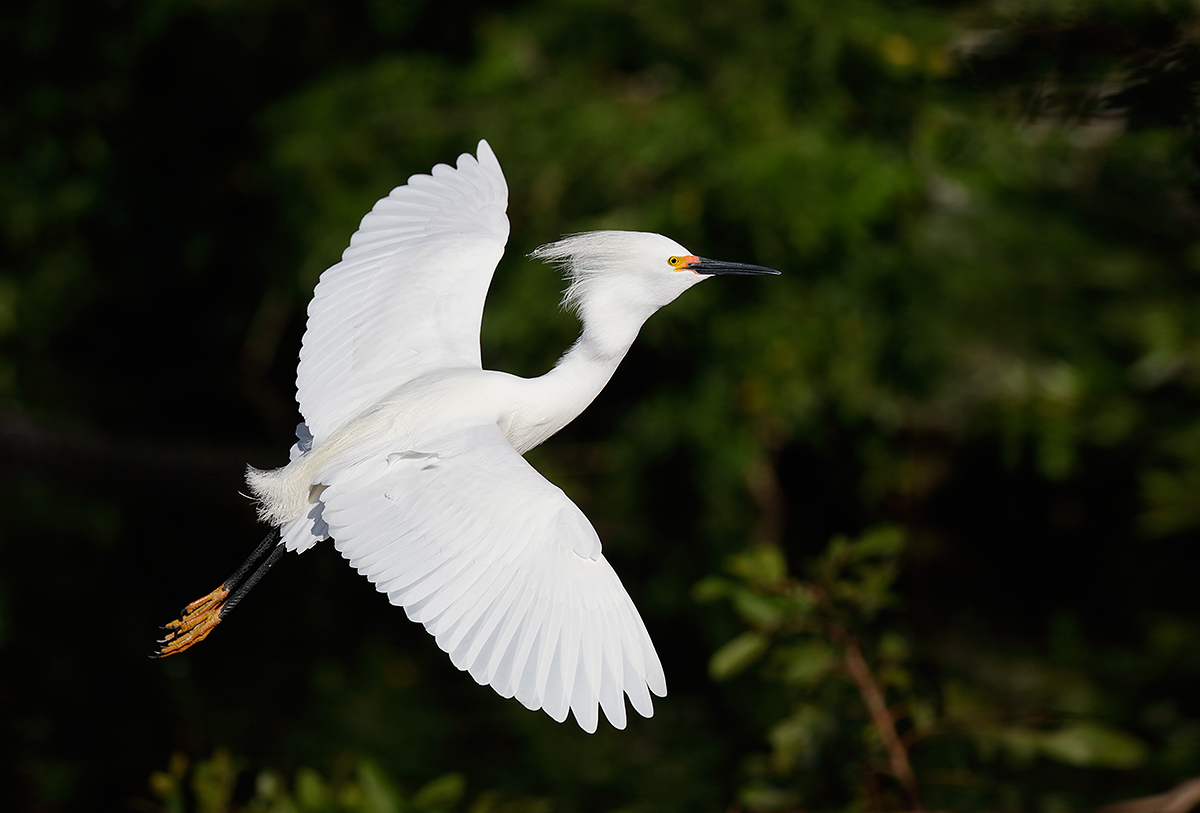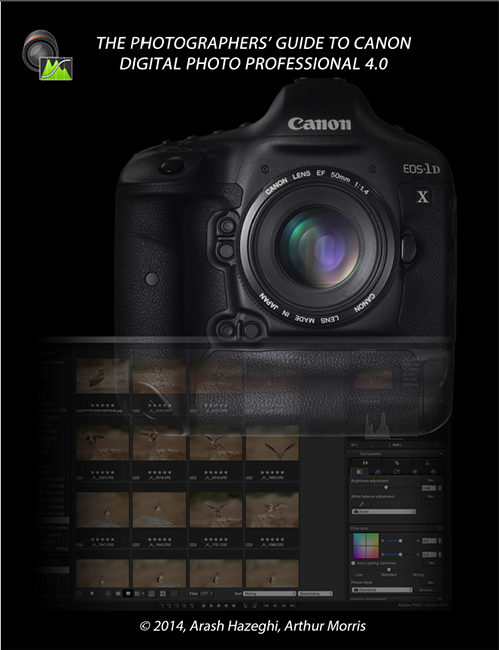What’s Up?
Right now all things post-op are on hold. As I have shown some real improvement in the past two-three weeks we are gonna give it another six weeks or so. My next visit with Dr. Thill in Orlando will be on August 25, right after I get back from Long Island.
I prepared this post in about an hour on Tuesday.
The Streak
Today’s blog post marks a totally insane, absurd, completely ridiculous, unfathomable, silly, incomprehensible, what’s wrong with this guy?, makes-no-sense, 246 days in a row with a new educational blog post. And I still have dozens of new topics to cover; there should be no end in sight until my big South America trip next fall. As always-–and folks have been doing a really great job recently–-please remember to use our B&H links for your major gear purchases. For best results use one of our many product-specific links; after clicking on one of those you can continue shopping with all subsequent purchases invisibly tracked to BAA. Your doing so is always greatly appreciated. Please remember: web orders only. AND Please remember also that if you are shopping for items that we carry in the new BAA Online Store (as noted in red at the close of this post below) we would appreciate your business.
|
This image was created at 8:27am at Gatorland on March 10 of this year with the hand held Canon EF 100-400mm f/4.5-5.6L IS II USM lens(at 400mm) and the mega mega-pixel Canon EOS 5DS R. ISO 400: 1/2500 sec. at f/7.1. set by rote. AWB. Center AF point/AI Servo Expand/Shutter Button AF as originally framed was active at the moment of exposure (as is always best when hand holding).As I did not pan fast enough the selected sensor was on the center of the bird’s back. Click on the image to see a larger version. Snowy Egret in flight in bright sun |
How Difficult an Exposure is This?
Simple question. Answer soon. Is this a difficult exposure or an easy exposure? Either way, let us know why.
Note: my brightest WHITEs pre-conversion were right where I like them, in the 236-237 range. Bright white with detail.
The Image Optimization
After converting the image in DPP 4, I brought it into Photoshop. First I moved the pupil back in the iris using a small Quick Mask (gasp!) Next I selected the face and applied a Contrast Mask. Then I selected the whole bird and applied a layer of my NIK Color EFEX Pro 25/25 Detail Extractor/Tonal Contrast recipe. Even though I reduced the opacity to 50% I still had to paint the effect away on the darker white feathers to keep them from greying out. Then I moved the bird back in the frame and added canvas to the right as it had been too centered. I filled in the canvas with a stretch; the huge file size of 5DS R images makes that much more palatable than in the past.
Digital Basics
Everything detailed above is covered in detail in my Digital Basics File–written in my easy-to-follow, easy-to-understand style. Are you tired of making your images look worse in Photoshop? The Digital Basics File is an instructional PDF that is sent via e-mail. It includes my complete digital workflow, dozens of great Photoshop tips, details on using all of my image clean-up tools, the use of Contrast Masks, several different ways of expanding and filling in canvas, all of my time-saving Keyboard Shortcuts, Quick Masking, Layer Masking, and NIK Color EFEX Pro basics, the use of Contrast Masks, Digital Eye Doctor techniques, using Gaussian Blurs, Tim Grey Dodge and Burn technique, a variety of ways to make selections and expand canvas, how to create time-saving actions, and tons more.
|
You can order your copy of “The Photographers’ Guide to Canon Digital Photo Professional 4.0” (aka the DPP 4 Raw Conversion eGuide) by Arash Hazeghi and Arthur Morris by clicking here. |
The DPP 4 RAW Conversion Guide Updated
Thanks to lots of hard work by Arash Hazeghi, the DPP 4 RAW Conversion Guide has been updated. There were quite a few changes in the basic set-up and in the preferences in the latest version, 4.4.30.2 and Arash covered those in fine fashion. Most importantly, the Chrominance and Luminance NR value tables have been updated to include the 5DS (R) and the 1D X Mark II.
If you already own the DPP 4 RAW Conversion Guide, please click here to send Jim an email and be sure to cut and paste page 1 of the current guide or your receipt into the body of the e-mail to serve as proof of purchase. Your update will be sent from Hightail, so please watch for that.
Learn how and why I and many other discerning photographers choose and use only DPP 4 to convert their Canon RAW files in the DPP 4 RAW Conversion Guide by Arash Hazeghi and yours truly. The latest version supports all of the newer Canon camera bodies including the 5DS R and the 1DX Mark II as well as several older models including the EOS-7D and the EOS-1D Mark IV. The DPP IV Guide is the ideal companion to the 7D Mark II User’s Guide, a runaway best seller.
Folks who love the DPP 4 Guide will surely want to get themselves a copy of The Professional Photographers’ Guide to Post Processing.
Please Remember to use our Affiliate Links and to Visit the New BAA Online Store 🙂
To show your appreciation for my continuing efforts here, we ask, as always, that you get in the habit of using my B&H affiliate links on the right side of the blog for all of your photo and electronics purchases. Please check the availability of all photographic accessories in the New BIRDS AS ART Online Store, especially the Mongoose M3.6 tripod head, Wimberley lens plates, Delkin flash cards and accessories, and LensCoat stuff.
As always, we sell only what I have used, have tested, and can depend on. We will not sell you junk. We know what you need to make creating great images easy and fun. And we are always glad to answer your gear questions via e-mail.
I would of course appreciate your using our B&H affiliate links for all of your major gear, video, and electronic purchases. For the photographic stuff mentioned in the paragraph above we, and for everything else in the new store, we, meaning BAA, would of course greatly appreciate your business. Here is a huge thank you to the many who have been using our links on a regular basis and those who will be visiting the New BIRDS AS ART Online Store as well.
Be sure to like and follow BAA on Facebook by clicking on the logo link upper right. Tanks a stack!
Typos
In all blog posts and Bulletins, feel free to e-mail or to leave a comment regarding any typos or errors. Just be right 🙂
















Would start with 1/2000 f8 400, make a few test exposures in manual, modify to eliminate blinkies,, and then leave it in manual Mode. Background then wouldn’t matter. That would be the easy part. Then getting it in the perfect placement like this photo..well,.much harder.
If I remember from Birds as Art, this should be “Sunny Sixteen” plus 1.3 stops?
Sunny 16 MINUS 1 stop would get you close but sunny 16 does not work perfectly with digital. Let’s look at today’s image. ISO 400. John Shaw calls it sunny f/22 for whites. So 1/400 sec at f/22. That’s 1/800 sec. at f/11 or 1/1600 sec. at f/8. Close, but too light for digital. More in a week or less.
a
Its tough, but personally I will generally go -1 EV for a white bird on a fairly neutral background (green foliage) and fine tune from the histogram from there.
Love to hear how you attack this.
Nope. See my 9:36am answer to Mark Zimmerman…
And then the follow-up post.
a
Expose for the sky Artie?
No sir. Stay tuned for the explanation in about a week.
a
“Set by rote” reveals it was an easy exposure. Beautiful image! Why did you have to move the pupil?
Easy for folks who put in just a bit of study time…
Did not have to. Chose too. Because the bird looked really goofy with the pupil so far forward.
a
Is it an easy exposure? Depends on who is behind the camera. For us mortals it could be tough. For you, not so much. : )
As you will soon see, it is an easy one for anyone who puts in just a bit of study time… Be sure to see the follow-up post.
artie
They only way I have been able to keep from blowing the whites in bright sunlight is to use spot metering. This of course causes the rest of the image to be underexposed but at least I have detailed in the white feathers. I then adjust the image as needed in Lightroom.
Stay tuned for the correct and easy way to do it 🙂
a
I’ll be watching for that follow-up post! Thanks!
I live in Lodi, CA. I like to combine photography with hiking and kayaking in the Sacramento Delta and Sierra Nevada mountains.
Wow, Art! I can’t believe how much I learn from you! I never thought about size like that before. Thank you so much for all your efforts!
You are welcome. Light and dark subject always influence the meter. There will be a complete follow-up on this post in a week or so.
a
ps: where do you live?
These are tough, for me at least. A dark background like this will cause the camera to massively overexpose the white subject. In evaluative metering mode, I would compensate down with the ‘wheel of fire’ probably two to 1.5 stops. I haven’t yet mastered manual mode, as I’m usually moving about, with constantly changing directions and light.
While you are headed in the right direction you can never be sure that you have a perfect exposure because you have no way of knowing how large or small a flying bird will be in the frame and in addition, you have no idea before the fact what the tonality of the BKGR will be…
That is why you must learn to work in Manual mode and to learn exposure theory.
a
Easy exposure because you only care about the bird which is basically 100% white (pesky legs notwithstanding) so no compromises need be factored in
But how do you get to the right exposure for whites in bright sun???
a
Easy exposure. In your blog of 11/08/13 I noted ” 1/2000 f8 ISO400 is a great place to start when photographing white birds in full sun,” This is an equivalent exposure.
No time to look up your blog, but I assume RL is correct on this white bird exposure Of 1/2000 f8 ISO 400 or its equivalent. So you would use that and not even consider the background ?
Time will tell…
a